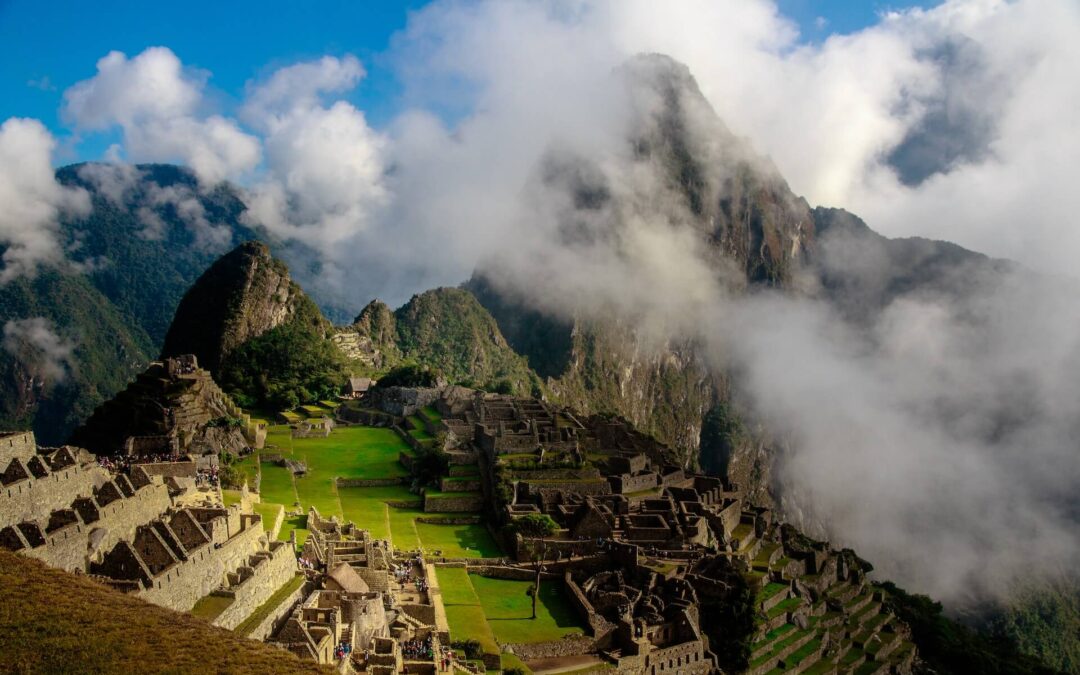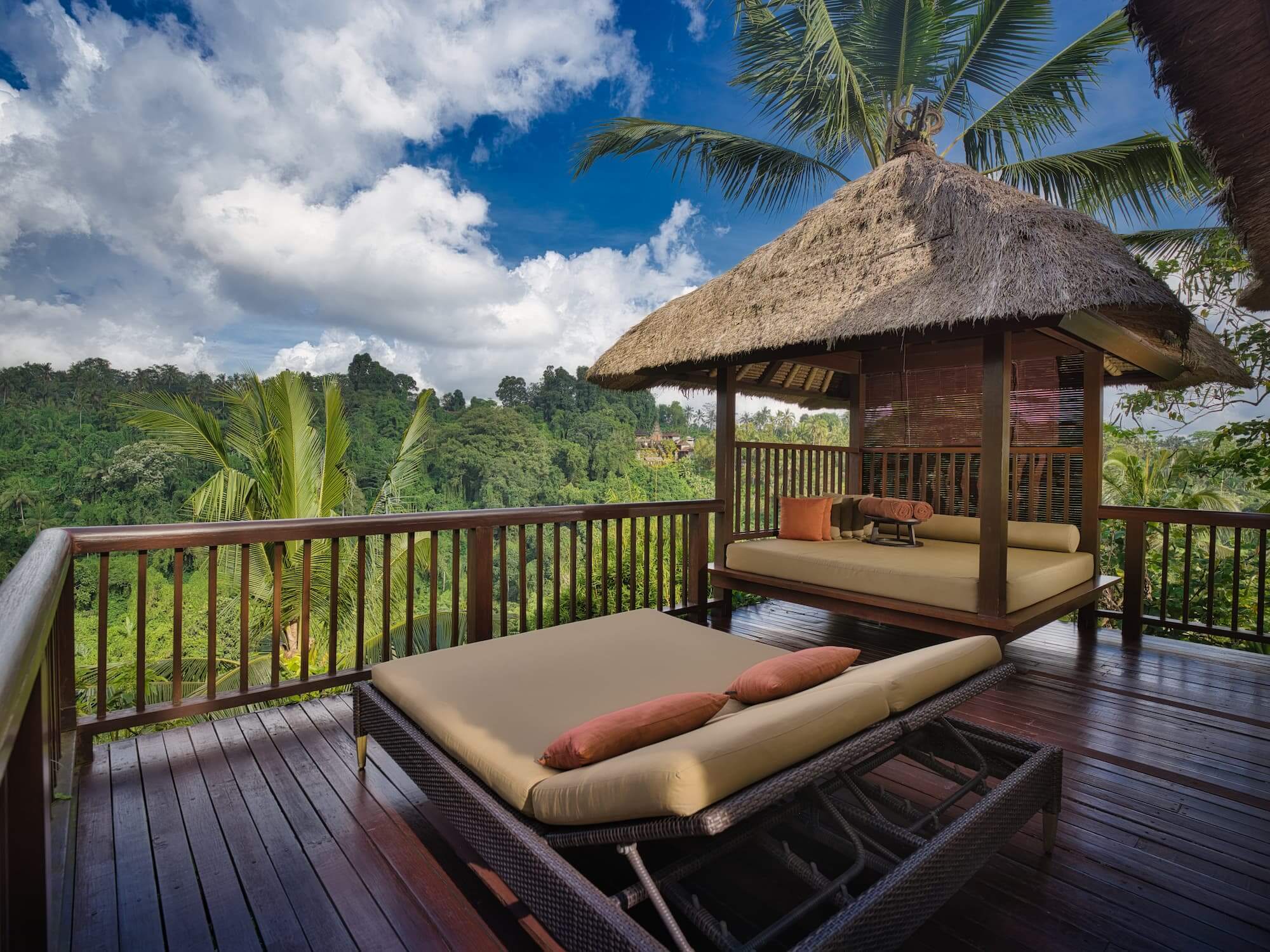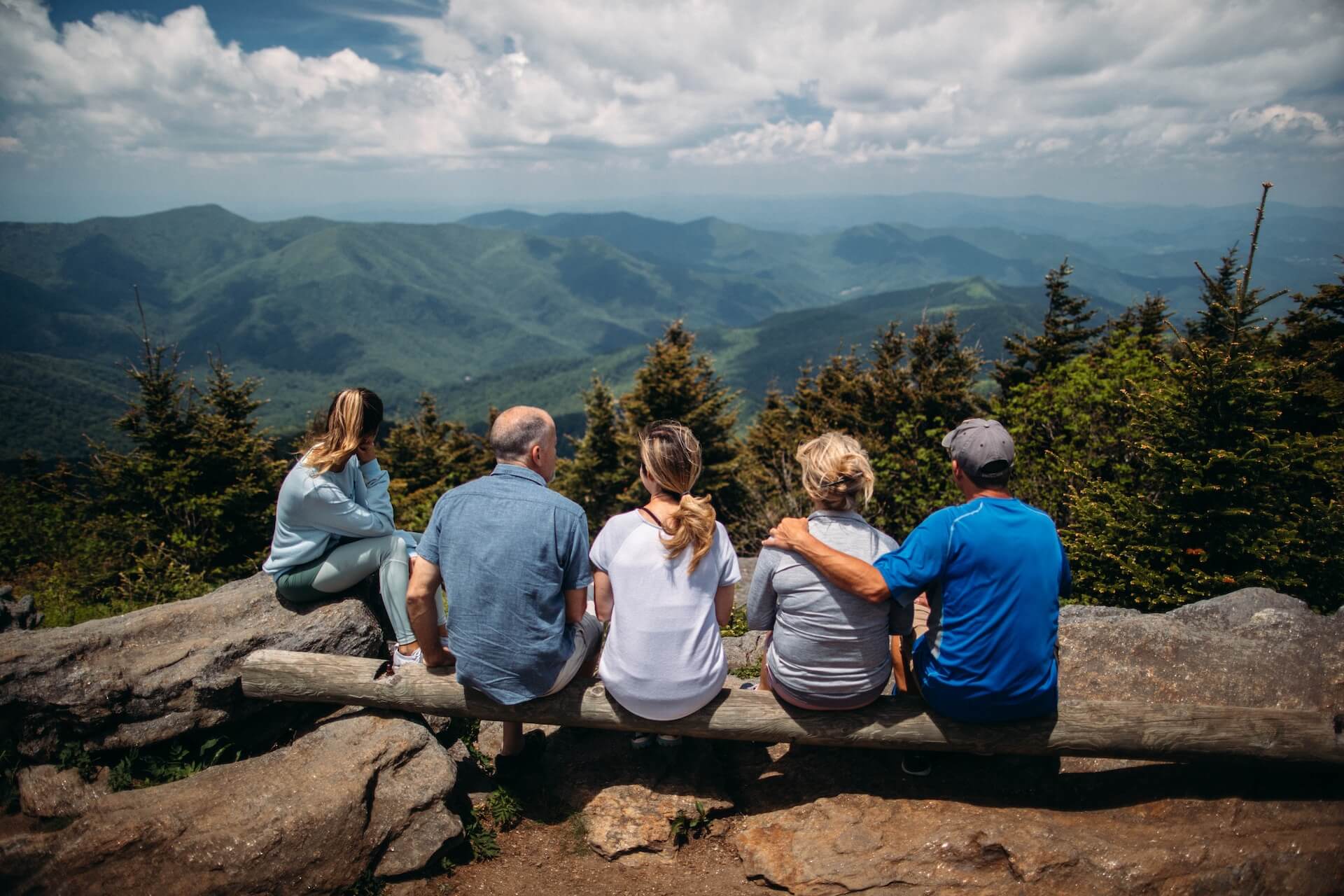Hiking the Inca Trail to Machu Picchu is a dream adventure for many travelers. This ancient footpath leads you through breathtaking landscapes and provides an immersive experience of history, culture, and natural beauty. In this guide, we’ll take you through everything you need to know about embarking on this remarkable journey, including travel tips, essential gear, and important safety precautions.
The Inca Trail: A Brief Overview
The Inca Trail is a network of paths that were used by the Incas over 500 years ago. It spans approximately 26 miles (42 kilometers) and culminates at the awe-inspiring Machu Picchu, the ancient Inca citadel perched high in the Andes Mountains of Peru. This trek is not just about reaching a destination; it’s a pilgrimage through history.
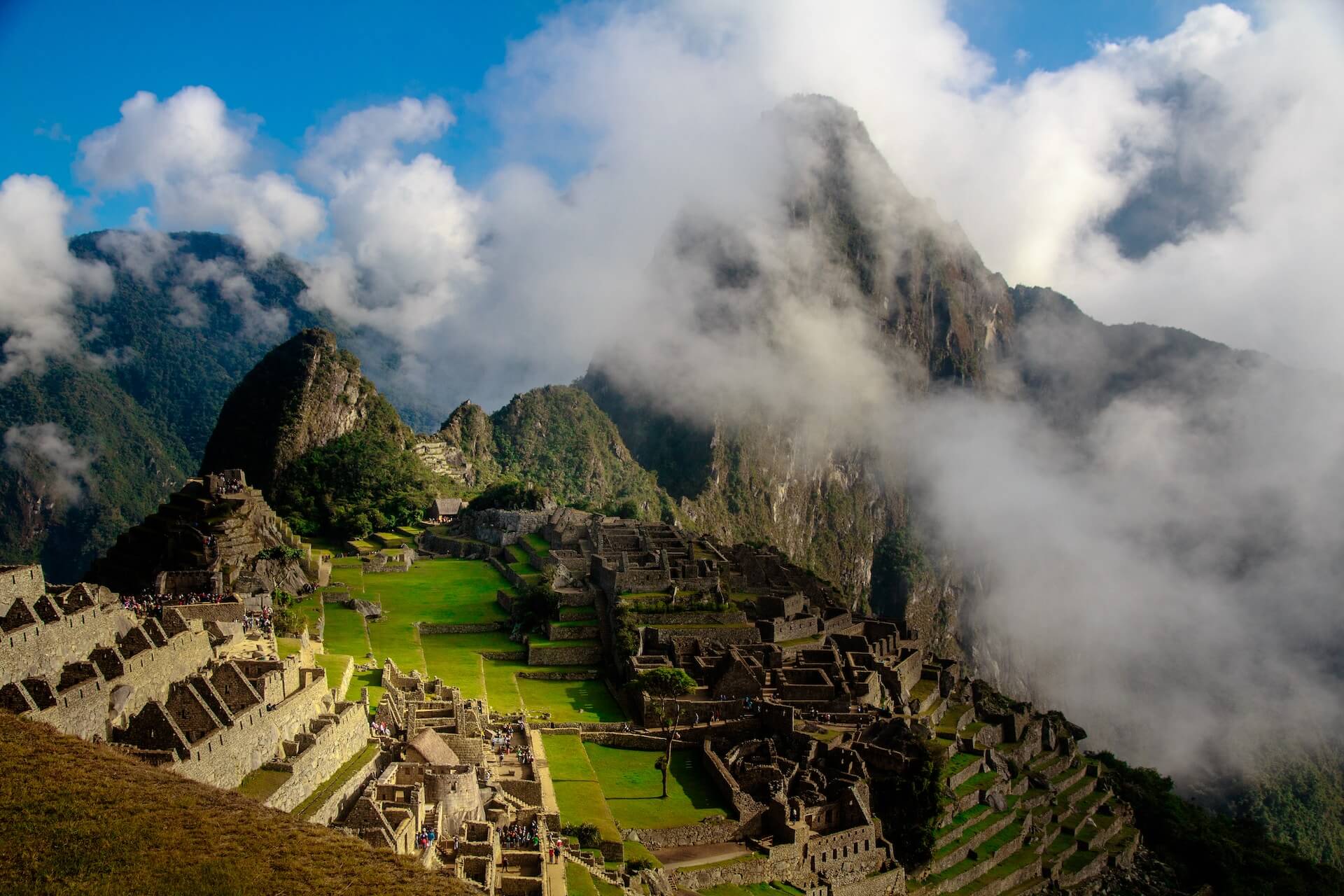
Planning Your Inca Trail Adventure
Permits and Regulations
- Secure Your Permits: To control the number of hikers and preserve the trail, permits are limited. It’s advisable to book your permits months in advance, especially if you plan to hike during the high season (May to September).
- Choose a Reputable Tour Operator: Selecting a reliable tour operator is essential. They will arrange your permits, provide guides, and handle logistics.
Best Time to Hike
The dry season (May to September) is the most popular time for hiking the Inca Trail due to clear skies and pleasant temperatures. However, if you prefer fewer crowds, consider the shoulder seasons of April and October.
Essential Gear and Packing List
Packing wisely is crucial for a successful hike on the Inca Trail. Here’s a list of essentials:
- Hiking Boots: Sturdy, waterproof hiking boots with ankle support are a must.
- Backpack: A comfortable daypack to carry essentials like water, snacks, and extra clothing.
- Clothing: Layered clothing to adapt to varying temperatures, including a lightweight, moisture-wicking base layer, a warm insulating layer, and a waterproof jacket.
- Sleeping Bag: A four-season sleeping bag suitable for cold nights in high-altitude campsites.
- Trekking Poles: These help with balance and reduce strain on your knees, especially during steep descents.
- Headlamp: Essential for navigating in the dark at camp and for early morning hikes.
- Toiletries: Travel-sized toiletries, including biodegradable soap, sunscreen, and insect repellent.
- First Aid Kit: Basic supplies for minor injuries and altitude sickness medications.
- Cash: Carry some Peruvian Soles for small purchases along the trail.
Tips for a Safe and Enjoyable Hike
Altitude Sickness
One of the main challenges on the Inca Trail is dealing with altitude sickness. To mitigate its effects:
– Acclimatize: Spend a couple of days in Cusco (3,400 meters) before starting the trek.
– Stay Hydrated: Drink plenty of water to combat altitude sickness.
– Listen to Your Body: If you experience severe symptoms like nausea and dizziness, descend immediately.
Leave No Trace
Respect the environment and the trail’s historical significance:
– Carry out all trash and litter.
– Stay on designated paths and respect archaeological sites.
– Do not remove or touch ancient artifacts.
Physical Preparation
The Inca Trail is challenging, so prepare your body:
– Engage in cardiovascular exercises and strength training to build endurance.
– Practice hiking on uneven terrain to improve your balance.
An Experience of a Lifetime
Hiking the Inca Trail to Machu Picchu is a journey that combines history, culture, and natural beauty. Follow these guidelines, plan well in advance, and choose the right tour operator to ensure a memorable and safe adventure. As you make your way through the stunning landscapes and ancient ruins, you’ll not only reach the iconic Machu Picchu but also gain a deeper appreciation for the rich history of the Incas and the breathtaking beauty of the Andes Mountains.
Embrace the challenge, savor the experience, and create memories that will last a lifetime on this remarkable trek through time and nature.
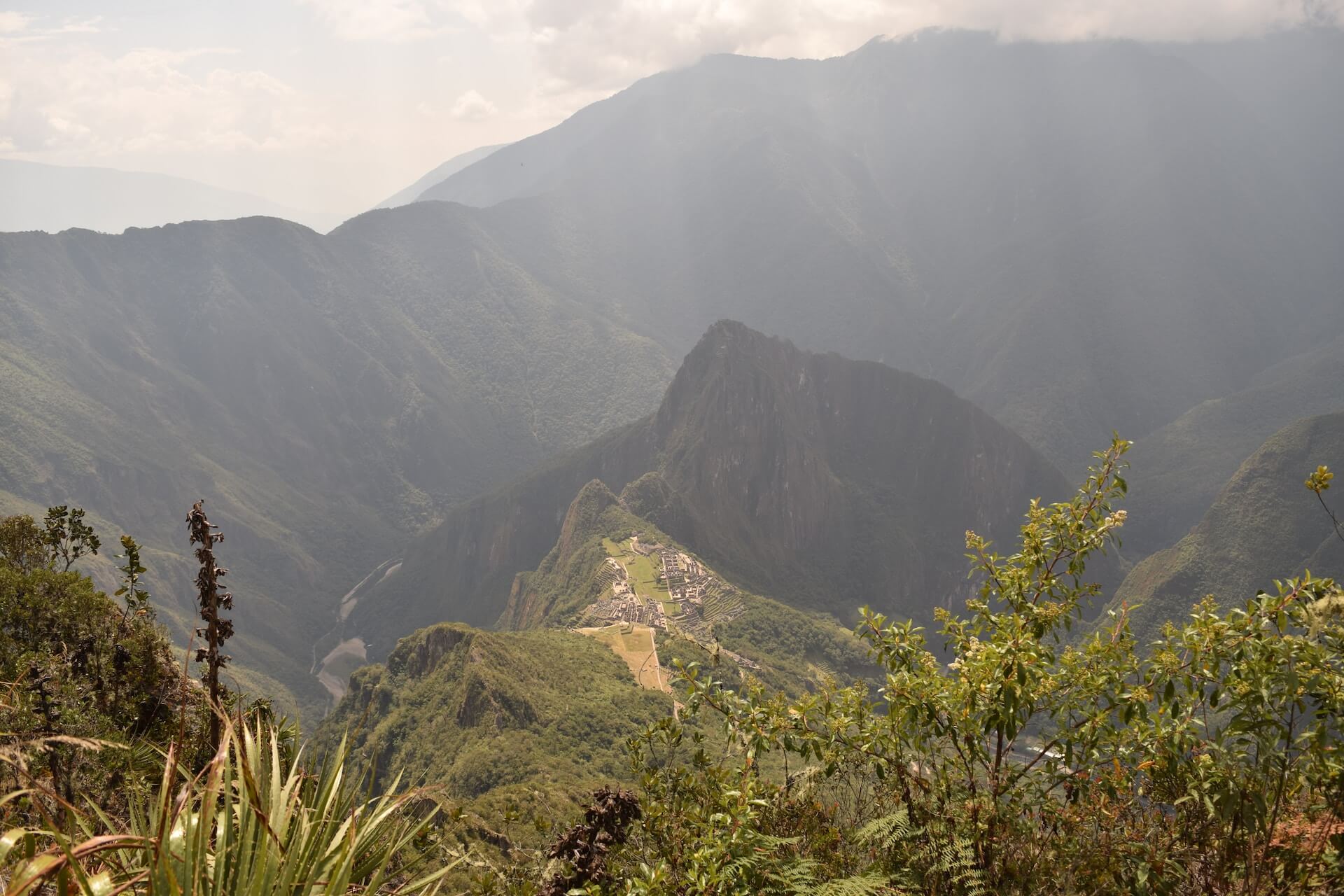
The Inca Trail to Machu Picchu is one of the world’s most famous and iconic hiking routes, renowned for its breathtaking scenery, rich history, and its ultimate destination, the awe-inspiring Machu Picchu. Here’s a deeper look at this remarkable trek:
Historical Significance of The Inca Trail
The Inca Trail is actually a network of ancient Inca trails, and the most famous one is the 4-day, 3-night hike that covers approximately 26 miles (42 kilometers). These trails were originally built by the Incas more than 500 years ago and were used as a means of communication, transportation, and trade throughout their vast empire. The trek itself follows paths that were once trodden by Inca messengers, and it passes through a series of archaeological sites and ruins, offering hikers a glimpse into the civilization’s history.
Scenic Beauty
The trail traverses some of the most breathtaking and diverse landscapes, including lush cloud forests, subtropical jungles, high-altitude passes, and awe-inspiring mountain vistas. Along the way, hikers are treated to stunning views of the Andes Mountains, picturesque valleys, and the Urubamba River. The trail’s ever-changing scenery adds to the sense of adventure and wonder.
Machu Picchu
The grand finale of the Inca Trail is, of course, the legendary Machu Picchu. This ancient Inca citadel is nestled high in the Andes, surrounded by lush green terraces and overlooked by the towering Huayna Picchu peak. Machu Picchu is a UNESCO World Heritage site and one of the New Seven Wonders of the World, attracting visitors from around the globe. Its well-preserved stone buildings, temples, and terraces offer a fascinating glimpse into Inca architecture and culture.
Trekking Experience
The 4-day hike is physically demanding, involving steep ascents, descents, and high-altitude passes, such as the famous “Dead Woman’s Pass” at an elevation of 4,215 meters (13,828 feet). Hikers not only experience the beauty of the Andes but also the challenge of pushing their physical limits.
Cultural Immersion
Along the trail, hikers often encounter local Quechua-speaking porters and learn about their customs and traditions. Many tour operators also include visits to small Andean villages, allowing trekkers to interact with the local communities and gain insight into their way of life.
Conservation
To protect the trail’s historical and natural significance, the Peruvian government has implemented strict regulations, including limiting the number of hikers per day and requiring trekkers to be accompanied by licensed guides. These measures help preserve the environment and ensure a sustainable future for this world-famous trek.
The Inca Trail to Machu Picchu is not only a physical journey but also a spiritual and cultural one. It’s an opportunity to connect with history, immerse yourself in nature, and challenge yourself in a breathtakingly beautiful setting. Whether you’re an experienced hiker or a first-time trekker, this adventure is an experience of a lifetime that offers a deep appreciation for the ancient wonders of the Inca civilization and the natural beauty of the Peruvian Andes.

Image by Scott Umstattd, Emmanuel Hernandez from Unsplash
More Reads

